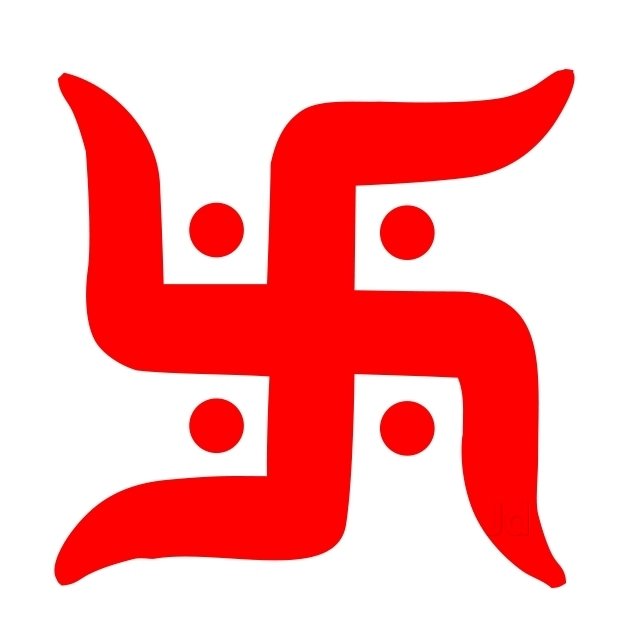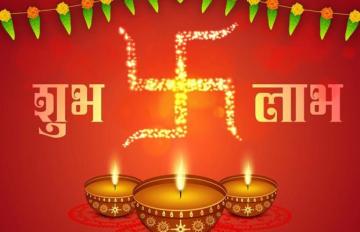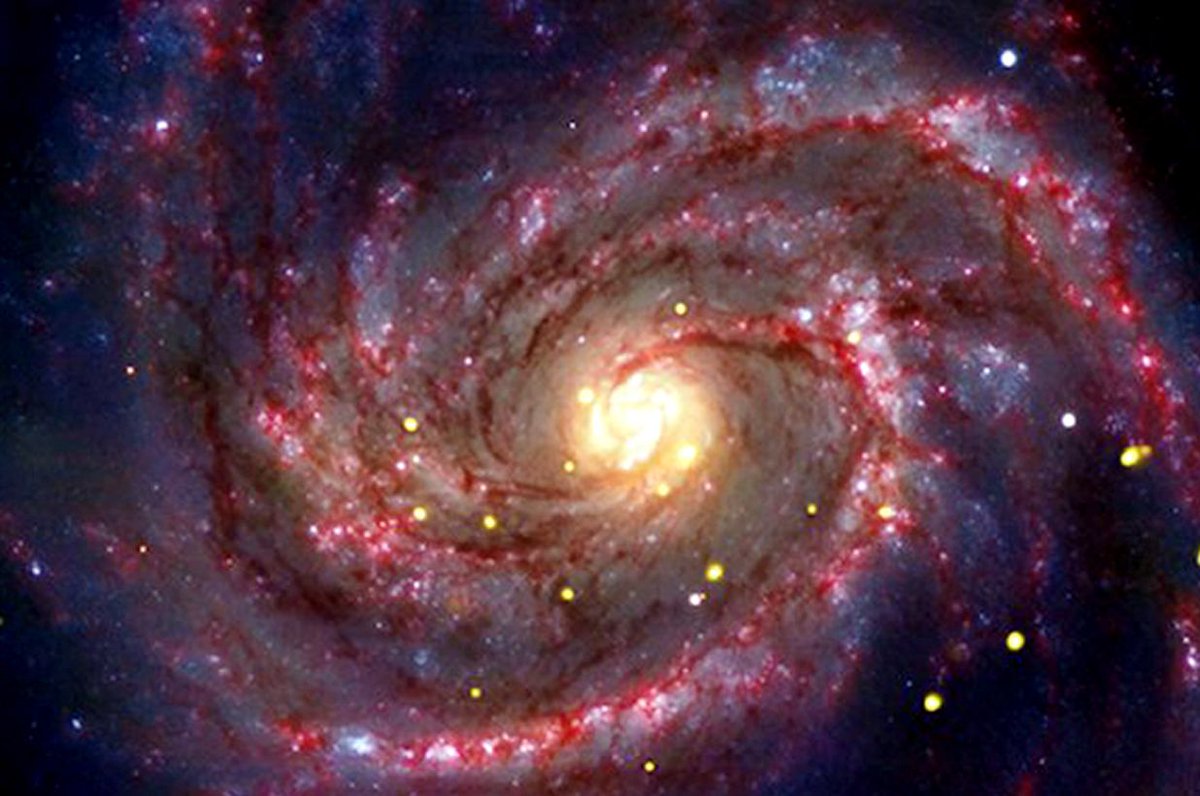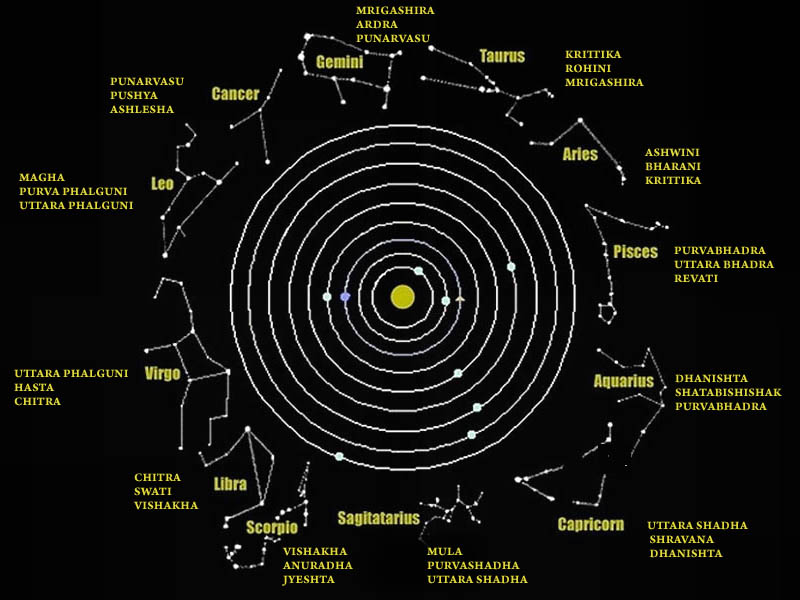4. Hin-hau-shoon-ko-yag-ma-ne, (One who walks clothed in an Owl's Tail.)
5. Ma-za-bom-doo, (Iron Blower.)
6. Wak-pa-doo-ta, (Red Leaf.)
7. Wa-he-hua
8. Sua-ma-ne, (Tinkling Walker.)
9. Ta-tay-me-ma, (Round Wind) -- respited.
10. Rda-in-yan-ka, (Rattling Runner.)
11. Doo-wau-sa, (The Singer.)
12. Ha-pau, (Second child of a son.)
13. Shoon-ka-ska, (White Dog.)
14. Toon-kau-e-cha-tag-ma-ne, (One who walks by his Grandfather.)
15. E-tay-doo-tay, (Red Face.)
16. Am-da-cha, (Broken to Pieces.)
17. Hay-pe-pau, (Third child of a son.)
19. Harry Milord
20. Chas-kay-dau, (First born of a son)
21. Baptiste Campbell
22. Ta-ta-ka-gay, (Wind Maker)
23. Hay-pin-kpa, (The Tips of the Horn)
24. Hypolite Auge
25. Ka-pay-shue, (One who does not Flee)
26. Wa-kau-tau-ka, (Great Spirit)
27. Toon-kau-ko-yag-e-na-jui, (One who stands clothed with his Grandfather.)
28. Wa-ka-ta-e-na-jui, (One who stands on the earth.)
29. Pa-za-koo-tay-ma-ne, (One who walks prepared to shoot.)
30. Ta-tay-hde-dau, (Wind comes home.)
31. Wa-she-choon, (Frenchman.)
32. A-c-cha-ga
33. Ho-tan-in-koo, (Voice that appears coming.)
34. Khay-tan-hoon-ka, (The Parent Hawk.)
35. Chau-ka-hda, (Near the Wood.)
36 Hda-hin-hday, (To make a rattling voice.)
37. O-ya-tay-a-kee, (The Coming People.)
38. Ma-hoo-way-ma, (He comes for me.)
39. Wa-kin-yan-wa, (Little Thunder.)
One execution was commuted and later two more Dakotas, Medicine Bottle and Shakopee, would hang in 1865 during President Johnson’s tenure.
I hope to have a piece out about this anniversary soon. Keep an eye out. But in this moment, remember these Dakota names and reflect on America’s dark relationship with settler colonialism.
For more on this topic, consider checking out these online essays, books, and resources:
@mnhs’s website on the US-Dakota War:
https://t.co/pDCKnxwt9m
Gwen Westerman, Little War on the Prairie,
@ThisAmerLife https://t.co/BhrrW5THHi
“Unforgetting the Dakota 38,”
https://t.co/D6LCOlSaKP





